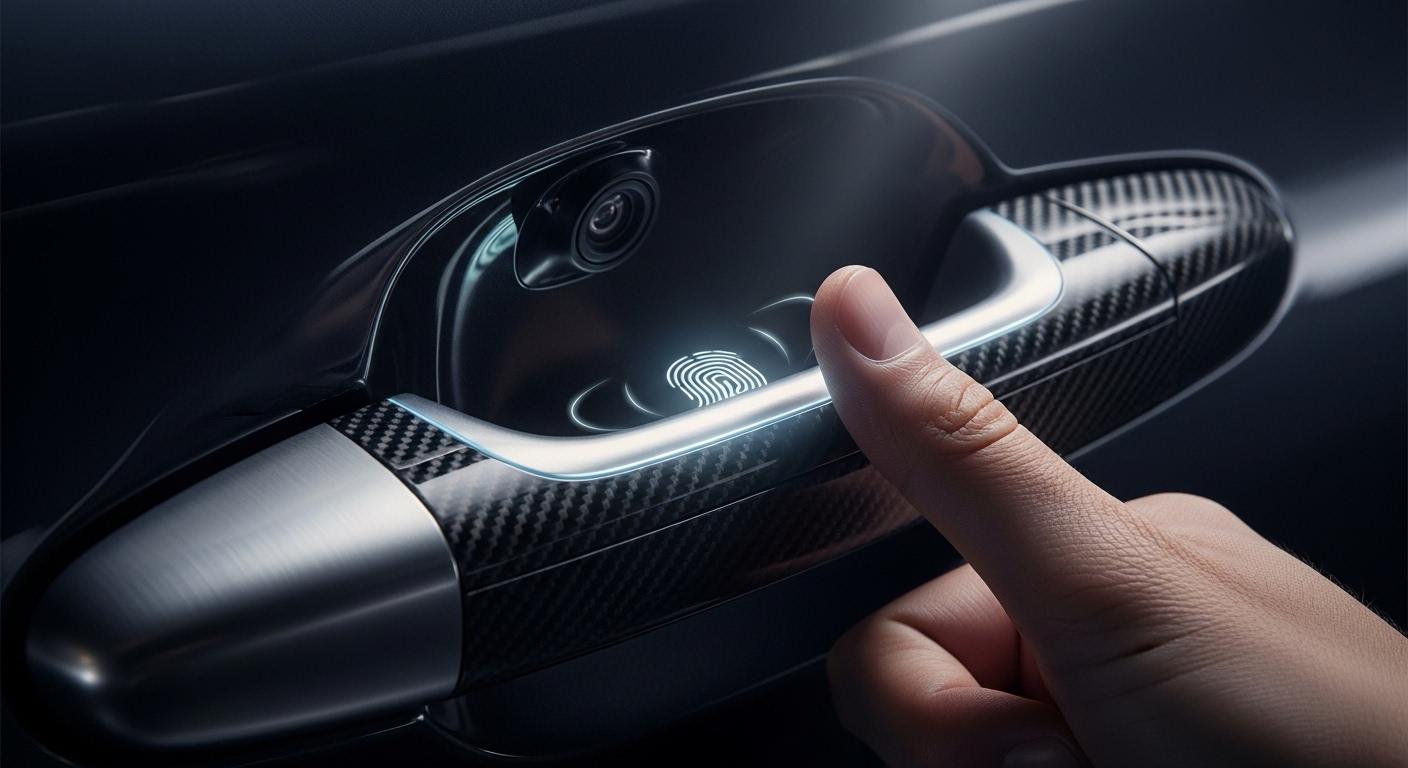Biometric Driver Authentication: The Future of Vehicle Security
Imagine stepping into your car and it instantly recognizes you, adjusting the seat, mirrors, and climate control to your exact preferences. As you place your hands on the steering wheel, microscopic sensors analyze your unique fingerprint patterns, confirming your identity and granting access to start the engine. This isn't science fiction – it's the cutting-edge world of biometric driver authentication, a technology poised to revolutionize vehicle security and personalization in the coming years.

Understanding Biometric Authentication in Vehicles
Biometric authentication in vehicles encompasses a range of technologies that identify drivers based on their physical or behavioral traits. These can include fingerprint recognition, facial recognition, voice analysis, and even more advanced methods like gait analysis or heartbeat patterns. By utilizing these unique identifiers, cars can ensure that only authorized individuals can access and operate the vehicle.
Fingerprint Recognition: The Gateway to Your Vehicle
One of the most promising and widely adopted biometric technologies in the automotive sector is fingerprint recognition. High-resolution sensors embedded in door handles, steering wheels, or dedicated panels can quickly and accurately identify the driver. This technology not only enhances security but also enables personalized settings for multiple drivers, automatically adjusting everything from seat position to infotainment preferences.
Facial Recognition: A Hands-Free Security Solution
Facial recognition systems in vehicles use advanced cameras and AI algorithms to identify the driver as they approach or enter the car. This touchless technology offers convenience and can work in conjunction with other biometric methods for multi-factor authentication. Some systems can even detect driver fatigue or distraction, enhancing safety on the road.
Voice Recognition: Your Car is Listening
Voice recognition technology has made significant strides in recent years, and its application in vehicles goes beyond simple commands. Advanced systems can analyze the unique vocal patterns of a driver to verify their identity, adding an extra layer of security while maintaining a hands-free, natural interaction with the vehicle.
The Intersection of Biometrics and Vehicle Telematics
As vehicles become increasingly connected, biometric authentication is finding synergy with telematics systems. This integration allows for real-time monitoring of who is driving the vehicle, which can be particularly useful for fleet management, insurance purposes, or parental controls. It also opens up possibilities for more secure mobile payments for fuel, tolls, or other services directly from the vehicle.
Enhancing Personalization and User Experience
Beyond security, biometric systems in vehicles are ushering in a new era of personalization. By recognizing individual drivers, cars can automatically adjust a myriad of settings – from seating and mirror positions to preferred routes and music playlists. This level of customization not only enhances comfort but also improves safety by ensuring drivers are always in their optimal position.
Overcoming Challenges and Concerns
While the potential of biometric authentication in vehicles is enormous, it’s not without challenges. Privacy concerns are at the forefront, with questions about data storage, sharing, and potential misuse. Additionally, the reliability of biometric systems in various environmental conditions – such as extreme temperatures or for drivers wearing gloves – needs to be addressed. Manufacturers are working diligently to overcome these hurdles through advanced algorithms, secure encryption, and robust hardware design.
The Road Ahead: Integration and Standardization
As biometric authentication technology matures, we can expect to see greater integration across vehicle systems and standardization across the industry. This could lead to interoperability between different vehicle brands and models, allowing drivers to use their biometric profile across multiple cars. The potential for integration with smart home systems and mobile devices also points to a future where your car becomes a seamless extension of your digital identity.
A Secure and Personalized Driving Future
Biometric driver authentication represents a significant leap forward in vehicle security and personalization. As the technology continues to evolve and become more widespread, we can anticipate a future where car theft becomes increasingly difficult, and every driving experience is tailored to the individual behind the wheel. While challenges remain, the potential benefits in terms of security, convenience, and user experience make biometric authentication a compelling frontier in automotive innovation. As we move forward, the lines between driver and vehicle will continue to blur, creating a more intuitive, secure, and personalized driving experience for all.





